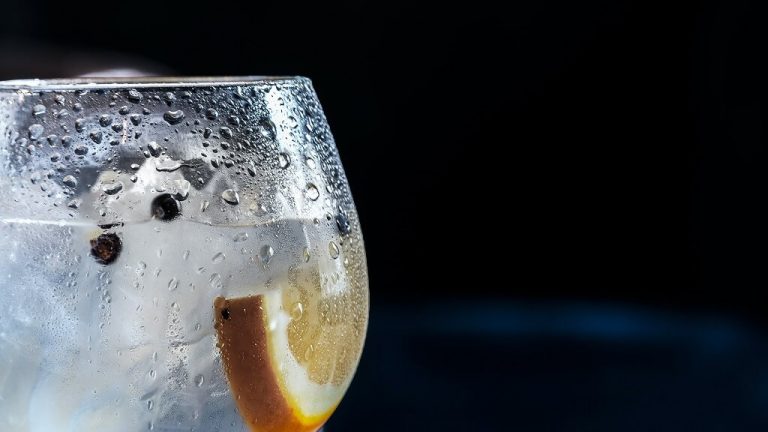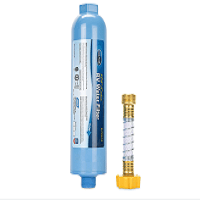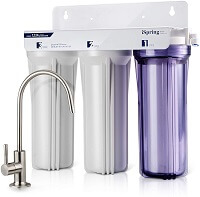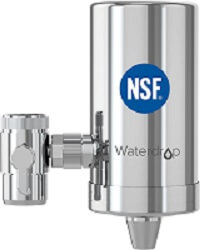Table of Contents [show]
Water filtration has come a long way since the early days of emerging water purification techniques. Many factors go into the overall design and manufacturing evaluation as to whether any given material is an effective mode of filtration. As one of the more effective routes, solid carbon blocks have dominated the industry of water treatment, especially in the POU (or Point of Use) category. This specific method of water filtration employees other filter tech, in addition to standalone treatment methods.
Carbon Filters Explained
Most water filtration processes involve carbon, where it serves as a medium. These include backpacking water filters, pitcher filters, faucet filters, reverse osmosis water filtration systems, refrigerator filters, shower filters, and even whole house filters.
Considering almost every filtration solution out there relies on carbon, let’s talk about its source. Carbon for filtration is derived by grinding up any of the three main carbon sources – coconut shells, peat, and bituminous coal. Coconut shells are the most used of the three, especially because they are renewable.
Creating a carbon filter follows a set of steps. It starts with heating the material in the absence of oxygen. Once it gets to 1000 degrees, it bakes off the impurities. Next, the pure carbon is transferred to steam of 1600 degrees – the activation of carbon, leaving the carbon granules filled with pores and cracks.
Contaminants and chemicals in large amounts are trapped in these openings.
How Carbon Filters Work
The working principle behind carbon filters’ capability to remove contaminants is adsorption, i.e., the attachment of the impurities to the surface of the activated carbon. It is similar to how a magnet attracts and withholds iron filings.
Furthermore, carbon filters are excellent catalysts, especially in reactions involving the change in the chemical composition of certain contaminants. Considering these capabilities, it is not surprising that activated carbon can remove pesticides and other organic chemicals, chlorine, VOCs present in industrial cleaners, solvents, and gasoline, and chloroform, and other THMs.
Carbon Block Filter Explained
A carbon filter essentially comprises loose pieces of carbon compressed together. That compression happens in the carbon block filter. The surface area of one pound of compressed activated carbon – the amount in the conventional ten-inch filter cartridge – is equal to that of a 160-acre farm. That explains why a carbon block filter is one of the most absorbent materials ever discovered.
The compressed nature of a carbon block filter reduces the water flow rate, compared to that of loose medium filter materials, for instance, a GAC filter. The micron rating of the filter also affects its flow rate. The micron rating is an indication of the level of compression in a carbon block filter. Therefore, a small micron rating translates to a lower flow rate but finer filtration.
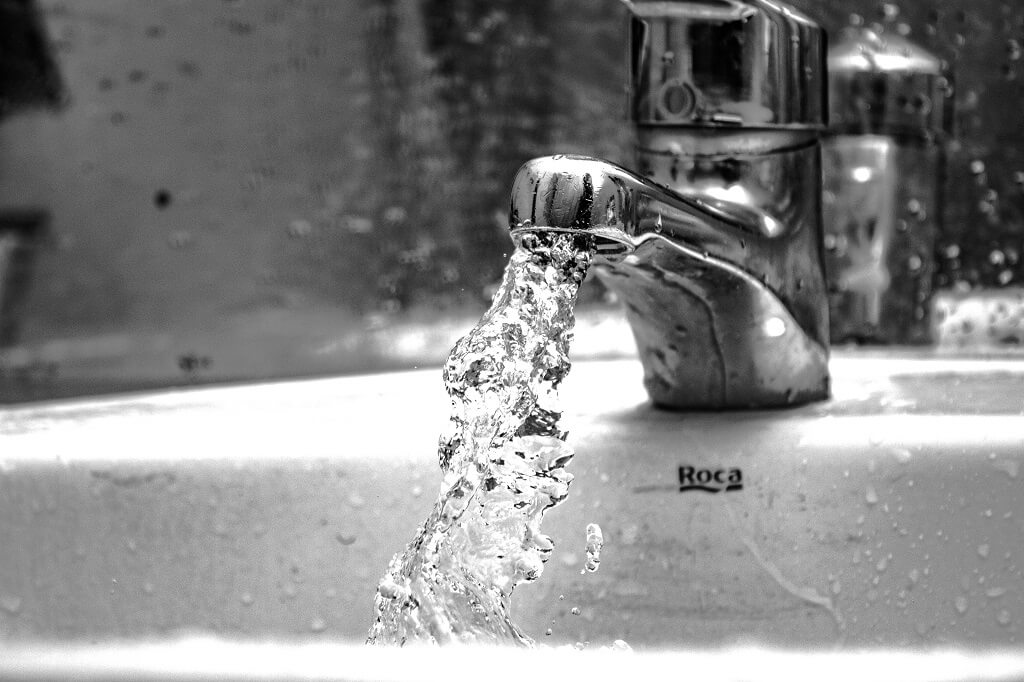
The Filtration Power of GAC Water Filters
Ever wondered what contaminants the GAC water filters could remove? Let’s find out together.
Granulated Activated Carbons are known for their extremely high adsorption capabilities. Therefore, they are effective at removing different contaminants (as listed here). The list includes VOCs, pesticides, hydrogen sulfide, nitrates, and others.
Municipal water plants rely on chlorine, chloramine, and other disinfectants to purity tap water. However, the residues of these disinfectants leave an offensive odor and taste in the water. GAC filters can remove the odor and taste, which is why they are used in one or multiple stages of a reverse osmosis system.
What Distinguishes Carbon Block Filters from GAC Carbon Filters?
Although both filter types comprise the same filter materials, the carbon in one is loose and compressed while the carbon in the other is grounded and loose. It is common to see water filter systems combine both filter types for excellent filtration results.
In carbon block filters, you have a solid block of compressed carbon, making it very effective against a long list of contaminants, including those with small particle sizes. Water flow is slower in systems with carbon block filters, and this is because of the compact nature of the compressed carbon. This filter type is often present in reverse osmosis and other water filtration systems.
Conversely, the carbon in GAC filters is in the loose, granulated form, hence the name - ‘Granular Activated Carbon Filters.’ The water flow here is faster compared to carbon block filters. The adsorption properties are also better, so the filter is effective against contaminants like lead, hydrogen sulfide, and chlorine.
Expert Guide and Reviews of Carbon Water Filters
1. Camco TastePure RV Carbon Water-Filter
Every homeowner deserves the convenience of enjoying filtered water directly from their kitchen faucet. That is exactly what the Camco 40043 TastePure filter offers at a good price point. Asides from kitchen use, this filter can slot easily into your RV or camper, ensuring that you never run out of filtered, healthy water.
The installation and use of this filter are seamless. You do not have to replace until after three months. However, the micron rating is 20 microns, which means it might struggle against contaminants of smaller particle sizes.
This filter is compatible with the common 3/8-inch quick connect fittings, guaranteeing a smooth installation and replacement. But you must be ready to live with the slow filtration speed of the Omnipure, which handles all your cold-water filtration at a flow rate of just 0.5 gallons per minute.
Despite paying less for this filter, you can expect up to 1,000 gallons of filtered water or a year of use. This is one of the best options in the market in terms of value.
2. iSpring 3-Stage Carbon Under-Sink Water Filters
You get three filtration stages in this iSpring under sink water filter. Therefore, it efficiently eliminates contaminants like lead, arsenic, heavy metals, parasites, and bacteria in your drinking water. The lifespan of the inbuilt filters is around 6-12 months, depending on your water quality and consumption.
There is no doubt about the crispness and purity of the filtered water from the iSpring filter. However, this comes at a premium, especially for the additional faucet compatibility that ensures you get filtered water directly from your tap.
If you have no problem with the cost, this is one of the best filter systems you can put your money on.
3. Waterdrop WD-FC-06 Carbon Block Faucet Water Filtration System
You can never go wrong by trusting this Waterdrop Water Faucet Filtration system to safeguard your family from the hazards of unhealthy drinking water. As a first-time user, you only need to get the unit out of the box and screw it onto the end of a faucet in your bathroom or kitchen. That’s all!
This filter comes with a stainless-steel faucet, which relies on an activated carbon block made of pure coconut shell from Sri Lanka to reduce suspended solids, chlorine, offensive odor, and taste. The best part of this filter’s performance is the remineralization – the inbuilt mineralization filtration media restores many beneficial minerals into your drinking water.
The food-grade faucet materials guarantee even additional safety, asides from complementing the gorgeous appearance of your kitchen sink. So, a unit of the Waterdrop WD FC-06 is a reassurance of about 320 gallons of crisp, filtered water or three months of constant filtered water in its purest form.

